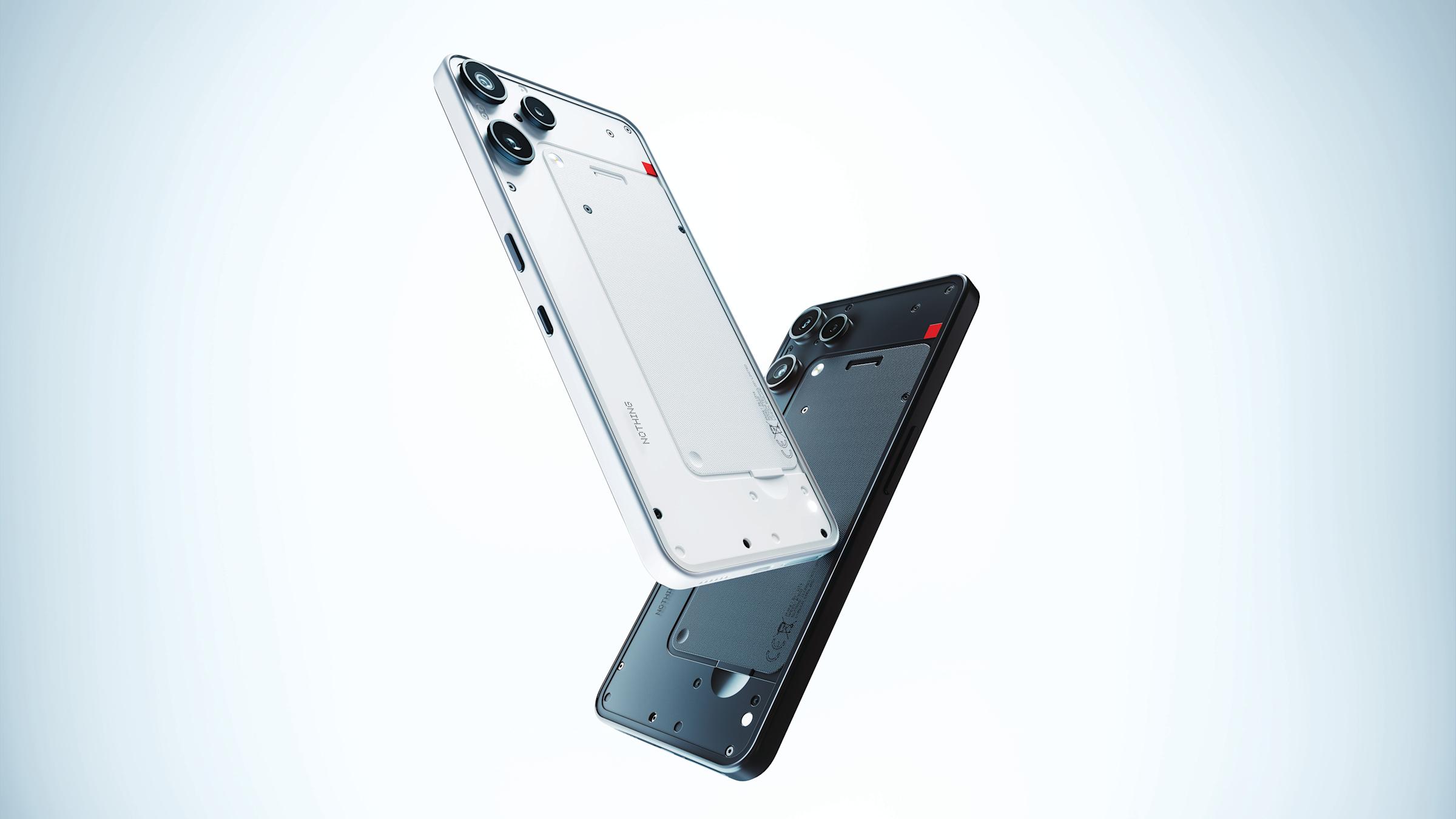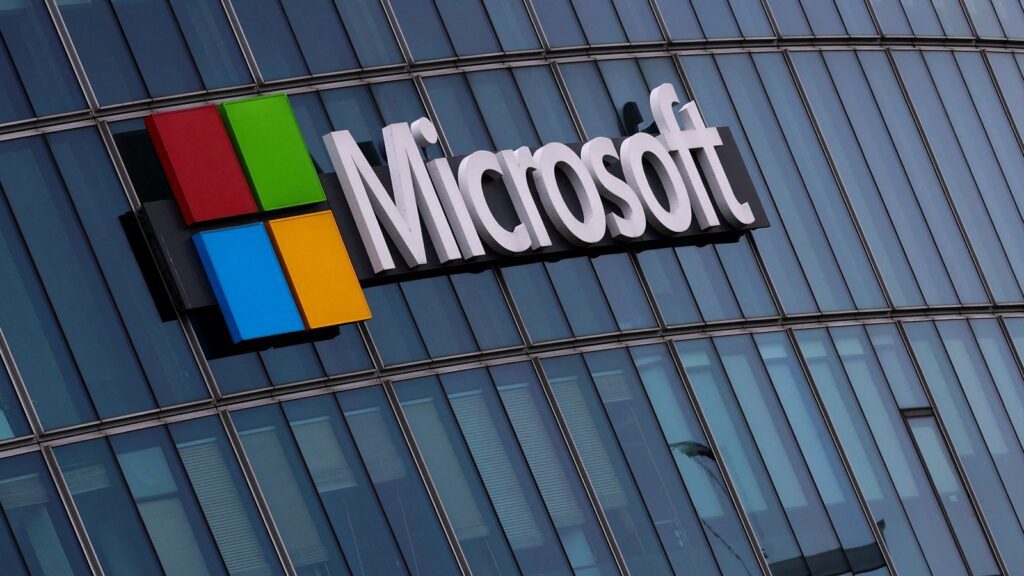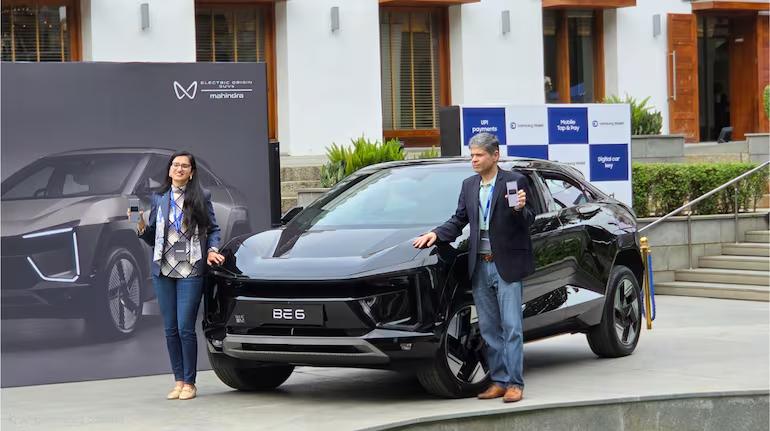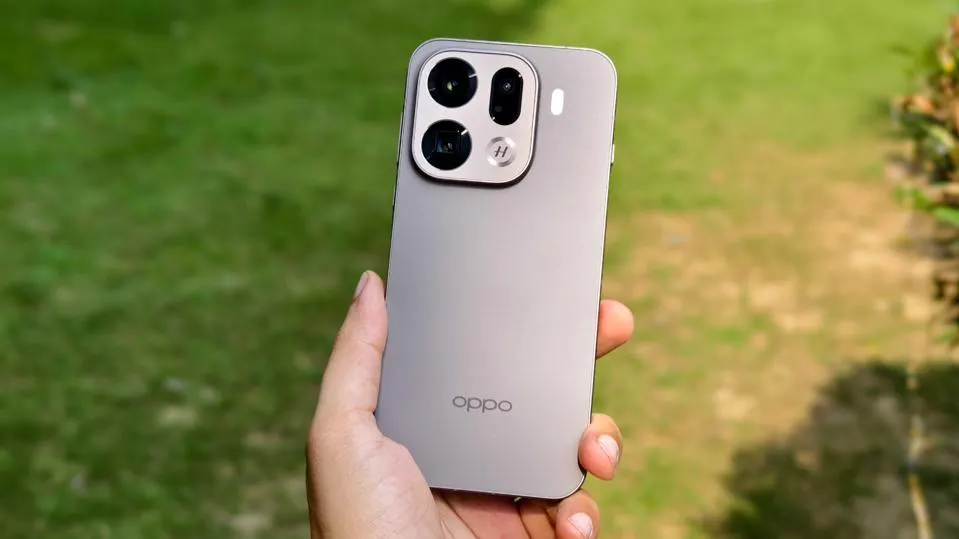Now Reading: Nothing Phone (3a) Lite brings 50 MP camera and 5,000 mAh battery to India-bound budget tier
-
01
Nothing Phone (3a) Lite brings 50 MP camera and 5,000 mAh battery to India-bound budget tier
Nothing Phone (3a) Lite brings 50 MP camera and 5,000 mAh battery to India-bound budget tier

Introduction
Nothing’s latest budget offering targets tech-savvy buyers without metro-level budgets. The Phone (3a) Lite launches with a 50-megapixel main camera and a generous 5,000 mAh battery, signaling strong value for money. For buyers in tier-2 cities like Nagpur or Indore, this could mean access to premium features previously seen only in higher‐priced models. Here’s how it stacks up—and what to watch.
What the specs bring to the table
The Phone (3a) Lite features a 6.77-inch AMOLED display with a 120 Hz refresh rate, making it smoother for scrolling and gaming. The 50 MP main camera promises solid photography in its segment, while the large 5,000 mAh battery aims to offer longer day-long usage. Running on Android 15 with Nothing’s OS, it also supports up-to-date software for the likely future.
Design, build and value-adds
True to Nothing’s design ethos, the model brings a minimalist transparent back detail and clean styling. Charging speeds and extras might not match ultra-high-end phones, but the overall package undercuts many competitors. For users in non-metro areas where good service is key, the combination of hardware and support matters.
Why it matters for smaller cities
In cities outside the big four metros, buyers often wait longer for feature-rich phones or pick older models due to cost constraints. The new Nothing phone narrows that gap—bringing premium features into the budget segment. If local retail networks stock it and service centres are accessible, it could change buying patterns in towns like Nagpur, Lucknow or Kochi.
Things to keep in mind
While the headline specs are strong, real-world performance depends on factors like software optimisation, local service support and availability of genuine parts. Buyers should check after-sales cover in their area and verify storage/RAM configurations. The pricing and local variant details will matter a lot in places where budget is tight.
Conclusion
The Nothing Phone (3a) Lite makes a compelling case for feature-rich smartphones beyond the metros. For tech-aware buyers in tier-2 cities, it offers an opportunity to upgrade without breaking the bank. The key will be how well it’s supported locally and how it performs in everyday use. If both align, this could mark a shift in how quality phones reach a wider stretch of India.

























